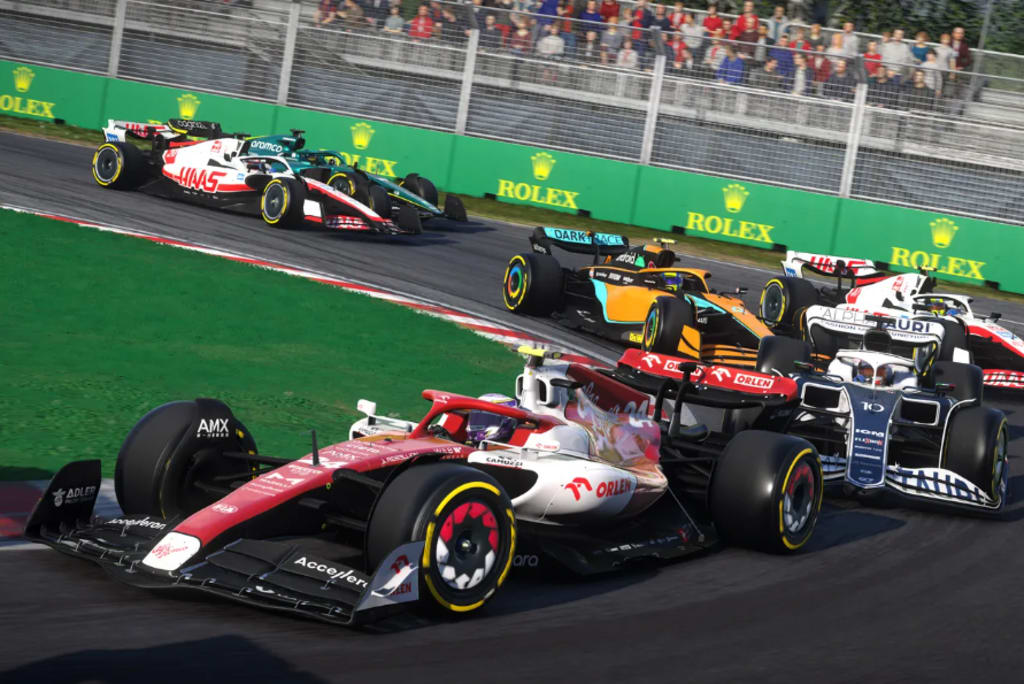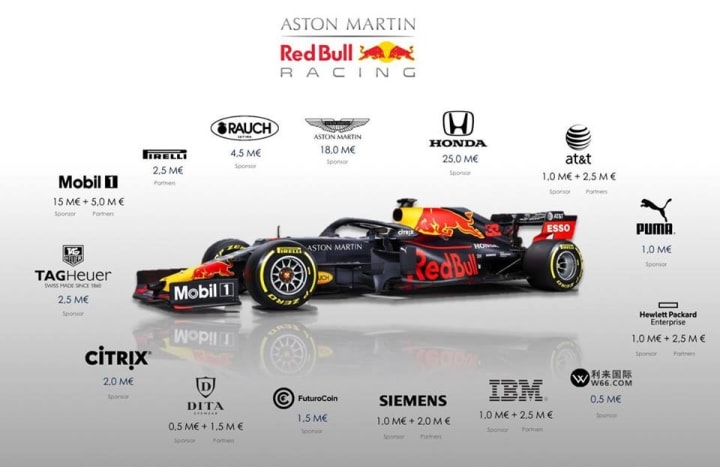
Formula One racing is a high-speed, high-stakes sport that attracts fans from around the world. It is also a sport that is heavily influenced by money. From the cost of building and maintaining race cars to the fees paid by teams to participate in the sport, money plays a significant role in every aspect of Formula One. In this article, we will explore the economics of Formula One racing and how money drives the sport.
1. The Cost of Building and Maintaining Race Cars
One of the biggest expenses in Formula One racing is the cost of building and maintaining race cars. Formula One cars are incredibly sophisticated machines that require a high level of engineering expertise and a significant amount of money to build. According to a report by Motorsport Magazine, the cost of building a Formula One car is estimated to be between $12 million and $20 million. This includes the cost of materials, research and development, and labor.
While the cost of building and maintaining Formula One cars is undeniably high, it is important to note that this expense is not solely borne by the teams themselves. Many teams receive significant financial support from engine manufacturers, as well as from sponsors who are interested in seeing their logos and products associated with the speed and excitement of Formula One racing.
In addition to the initial cost of building the car, there is also the ongoing cost of maintaining it throughout the racing season. This includes the cost of spare parts, repairs, and upgrades. The cost of maintaining a Formula One car can be as much as $5 million per year.

2. The Cost of Participating in Formula One Racing
Participating in Formula One racing is not cheap. Teams are required to pay a fee to the sport's governing body, the FIA, in order to participate in the championship. The fee is based on the team's performance in the previous season and can range from $500,000 to $5 million.
While the cost of participating in Formula One racing may seem exorbitant, it is important to remember that this is a global sport that involves traveling to multiple countries across the world. The cost of transporting personnel, equipment, and cars around the globe can be immense, and teams must also factor in the cost of accommodating their staff in each location.
In addition to the FIA fee, teams also have to cover the cost of travel, accommodations, and equipment for the racing season. According to a report by ESPN, the average cost of participating in a Formula One season is around $150 million per team.
3. Sponsorship and Advertising
Sponsorship and advertising are major sources of revenue for Formula One teams. Teams are able to secure lucrative sponsorship deals with companies that want to be associated with the excitement and glamour of Formula One racing. Sponsorship deals can range from a few hundred thousand dollars to tens of millions of dollars per year.
In addition to sponsorship deals, teams also generate revenue through advertising. Formula One races are watched by millions of people around the world, which makes them a valuable platform for advertisers. Teams sell advertising space on their cars, uniforms, and other equipment, generating millions of dollars in revenue each year. To securing sponsorship deals with companies, some Formula One teams have found success in selling shares of their teams to outside investors. For example, Williams Racing, a team with a storied history in Formula One, sold a minority stake in the team to Dorilton Capital in 2020. This allowed the team to raise much-needed funds while also retaining some level of control over the team's operations.

4. Prize Money
Prize money is another source of revenue for Formula One teams. The championship winner receives a significant amount of prize money, as do the teams that finish in the top positions. According to a report by Business Insider, the championship winner can receive as much as $120 million in prize money, while the team that finishes in second place can receive around $70 million.
Prize money is distributed based on a number of factors, including a team's performance throughout the season and the number of points they earn. Teams that consistently perform well throughout the season are able to generate significant revenue through prize money.
Prize money is a significant source of revenue for Formula One teams, but it is not the only factor that determines a team's financial success. The amount of prize money that a team receives can vary widely depending on their performance in any given season, which means that teams must also consider other sources of revenue such as sponsorship, advertising, and outside investment.

5. The Impact of COVID-19
The COVID-19 pandemic has had a significant impact on Formula One racing. The 2020 season was heavily disrupted, with many races canceled or postponed. This had a major impact on the revenue of teams, as they were not able to generate revenue through sponsorship, advertising, or prize money.
In order to mitigate the impact of the pandemic, Formula One introduced a number of cost-saving measures. These included reducing the budget cap for teams and delaying the introduction of new technical regulations. These measures helped to ensure that teams were able to continue participating in the championship, despite the challenging economic environment.
The COVID-19 pandemic has had a profound impact on the world of Formula One racing. In addition to the financial challenges posed by canceled races and reduced revenue streams, teams have also had to navigate the logistical challenges of traveling during a pandemic. Some teams have even had to temporarily furlough staff in order to conserve funds, while others have implemented cost-saving measures such as reducing staff salaries or deferring upgrades to their cars.
Overall, the economics of Formula One racing are complex and multifaceted. While money undoubtedly plays a significant role in the sport, teams must also balance financial considerations with the need to produce competitive cars and keep their drivers and staff safe and healthy.
Conclusion
In conclusion, the economics of Formula One racing are intricate and multi-layered. The sport requires a significant financial investment, from building and maintaining high-tech race cars to transporting teams, personnel, and equipment around the world. While teams rely on various revenue sources, including sponsorship, advertising, and prize money, the COVID-19 pandemic has brought unprecedented financial challenges to the sport. Nevertheless, Formula One racing remains an exciting and highly competitive global sport that attracts fans from all over the world. It is a testament to the ingenuity and resourcefulness of teams, drivers, and organizers that they continue to adapt to the changing economic landscape and produce some of the most thrilling and technologically advanced racing in the world. As Formula One racing continues to evolve, it will be fascinating to see how teams navigate the complex economic landscape of this high-stakes sport.





Comments
There are no comments for this story
Be the first to respond and start the conversation.